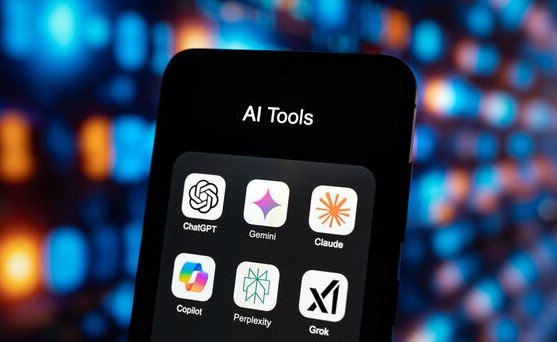Adobe’s latest AI advancements are transforming how people create content, making it simpler for everyone while pushing for higher quality. At the Adobe Max 2025 conference in Los Angeles, Govind Balakrishnan, senior vice president and general manager of Adobe Express, shared insights on how these tools democratize creativity without sacrificing excellence.
Adobe’s Push to Democratize Content Creation
Govind Balakrishnan highlighted that AI is breaking down old hurdles in content creation. He explained that tools like the new AI Assistant in Adobe Express let users edit designs through everyday language, skipping complex software skills.
This shift comes at a time when content creation is exploding. Recent data shows that over 80 percent of marketers now use AI for tasks like image generation and video editing, up from 50 percent just two years ago. Balakrishnan stressed that Adobe aims to empower storytellers who once lacked the means to express themselves.

The executive pointed out that this ease of access will flood the market with personalized content. Yet, he believes it will force consumers to seek out truly original work, creating a more vibrant creative landscape.
Inside the New AI Assistant Features
The AI Assistant, launched in beta at Adobe Max 2025, allows conversational edits in Adobe Express. Users can say things like “make this photo look tropical” or “remove the background,” and the tool handles it smartly.
This builds on Adobe’s Firefly AI, which has generated hundreds of millions of images for users. The assistant understands context, adjusting colors, fonts, and layouts based on natural requests.
Here are some key ways it simplifies workflows:
- Instant image tweaks: Change tones or add elements with a simple prompt.
- Video clip creation: Turn long footage into short, optimized clips for social media.
- Design suggestions: Get mood boards or effects tailored to your ideas.
Adobe reports that early users see tasks completed in minutes, not hours. This ties into broader trends, where AI adoption in creative fields grew by 40 percent in the past year alone.
Raising the Bar for Content Quality
Balakrishnan predicts that while AI lowers entry barriers, it will raise expectations for quality. With more content available, people will curate what they consume more carefully, favoring genuine and high-value pieces.
He noted that personalized content will become the norm, driven by AI’s ability to match user preferences. For instance, businesses can now create targeted marketing materials faster, leading to better engagement rates.
This evolution mirrors recent events, like the surge in AI-generated art at major festivals this year, where audiences praised innovative blends of human and machine creativity. However, Balakrishnan warned that over-reliance on AI could dilute uniqueness if not balanced with original input.
Consumers might turn to advanced curation tools to filter noise, potentially boosting platforms that prioritize authenticity.
| Aspect | Traditional Tools | AI-Assisted Tools |
|---|---|---|
| Skill Required | High technical knowledge | Basic language skills |
| Time to Create | Hours or days | Minutes |
| Personalization Level | Limited | Highly customized |
| Quality Outcome | Variable based on user expertise | Consistently high with AI guidance |
| Accessibility | Professionals only | Everyone |
Impact on Creators and the Industry
For creators, this means traditional skills evolve rather than vanish. Balakrishnan said the value of technical prowess decreases, but storytelling and originality gain importance.
Industries like marketing and social media are already adapting. A recent survey found that 70 percent of small businesses plan to integrate AI for content in the next year, citing cost savings and speed.
Yet, challenges remain. Some artists worry about job displacement, but Balakrishnan views it as an opportunity for more diverse voices. He referenced how similar tech shifts in the past, like digital photography, expanded rather than shrunk creative fields.
Future Trends in AI-Driven Creativity
Looking ahead, Balakrishnan envisions AI agents rethinking how we approach ideas. Adobe’s ongoing innovations, including video and audio tools, aim to keep pace with user needs.
With events like Adobe Max showcasing these developments, the industry is buzzing. Experts predict that by 2027, AI will handle 60 percent of routine creative tasks, freeing humans for big-picture innovation.
This aligns with global trends, where AI investments in creative tech reached record highs this year. Balakrishnan emphasized that Adobe’s focus remains on ethical AI, ensuring tools enhance rather than replace human creativity.
As AI reshapes content creation, readers can explore these tools to boost their own projects. Share your thoughts in the comments below or spread the word on social media to join the conversation.
